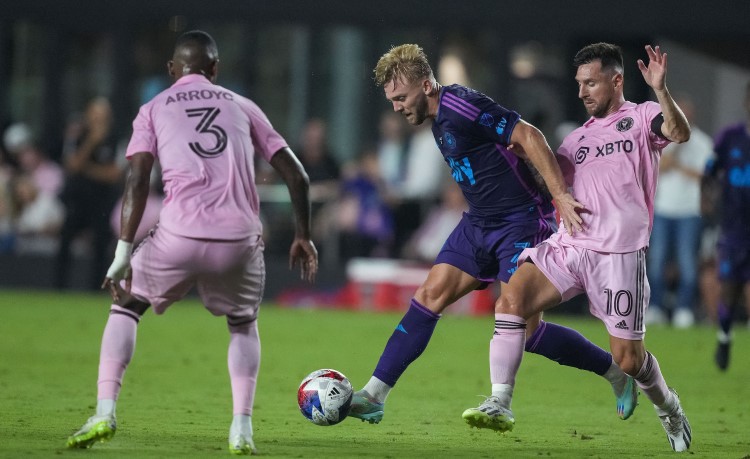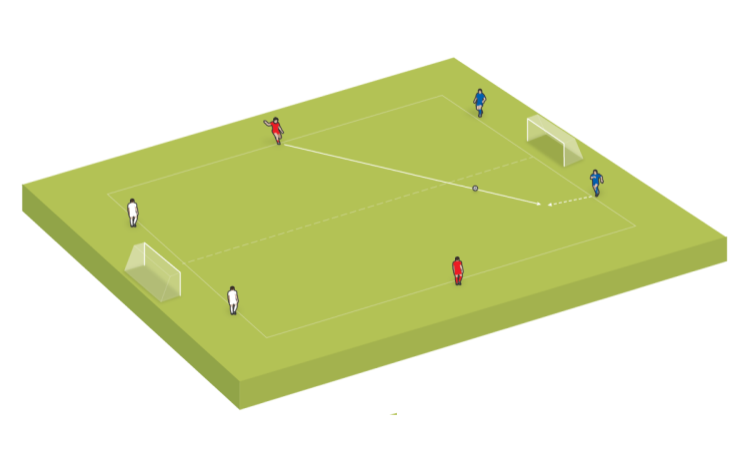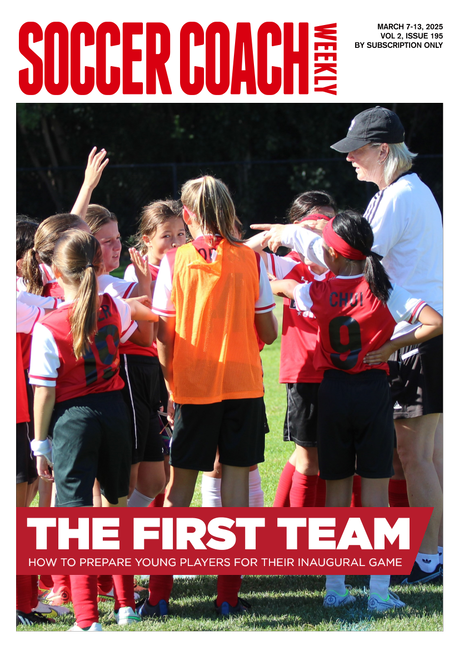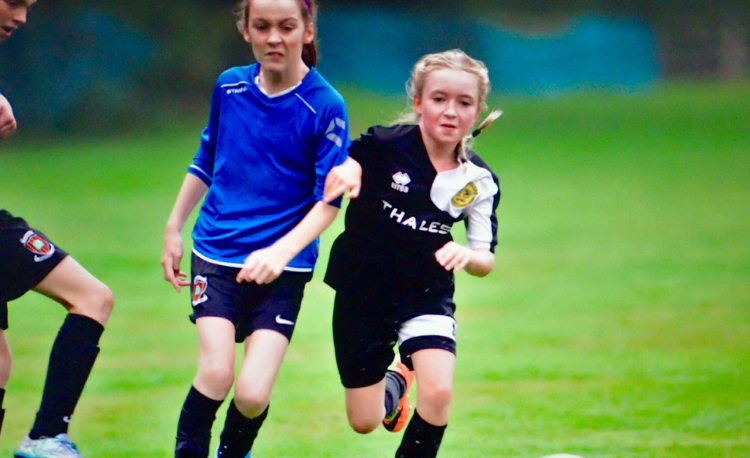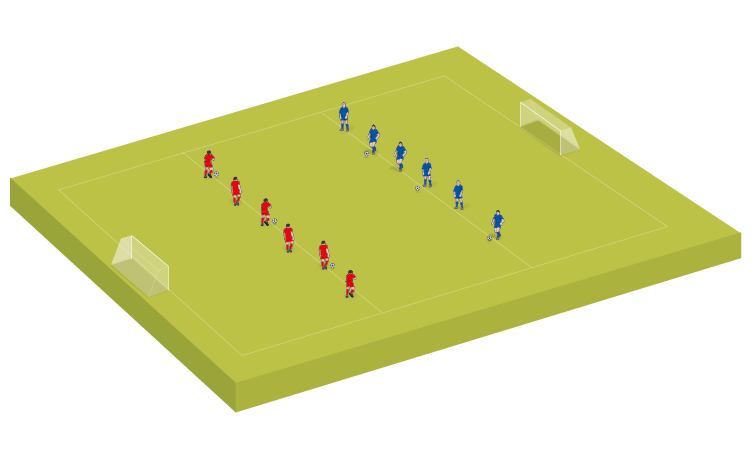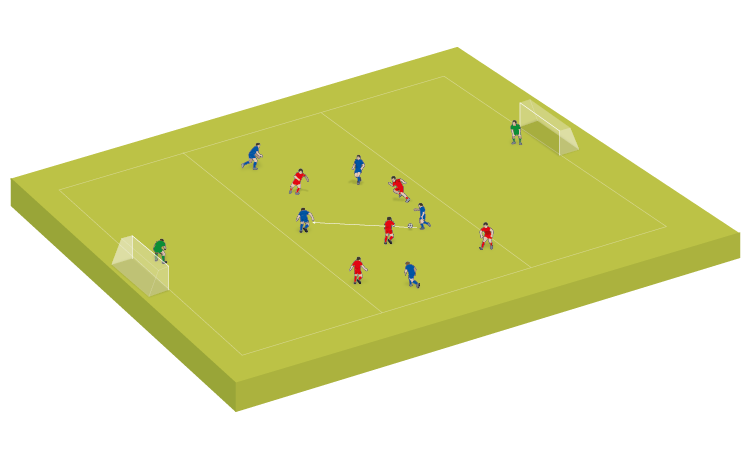What is covering?
SCW’s consultant coach Carl Wild provides a first-timer’s guide to being the ’second defender’ - and why distances, angles and communication are all vital.
When a player is covering, they are providing support to a team-mate who is engaging the opponent on the ball.
In these situations, the player closing down the opposition player with the ball is referred to as the first defender and their team-mate who is covering is known as the second defender.
From a covering position, the second defender can perform a number of roles to help their team prevent the opposition from progressing.
Why do we need to cover?
When a player is not required to engage the player on the ball, because a team-mate is already doing so, they may think that, instead, they should mark another player. The logic is that this player might receive the ball next.
In fact, the danger is still the player on the ball. The reason, of course, is that there is a possibility this player may be able to go past the defender who has closed them down and, if they do so, they are then in an advantageous situation.
Therefore, in this instance, the second defender should aim to put themselves in a position where they can close down the opponent should that player get past the first defender.
Their position will also allow them to close off space the attacking player might look to travel into or pass the ball through.
Additionally, the second defender may put themselves in a position where if the ball is passed to another opponent, they are best placed to close this player down and become the first defender.
How do we cover?
In order for a second defender to be able to provide cover for the first defender, they should be positioned ready to engage the player on the ball, should that player go past the first defender - while also being able to get across to another attacking player if the ball is passed in that direction.
Therefore, the key details that the players need to get right are the distance between them and the first defender, and the angle they are at.
Distance and angle
First of all, the second defender cannot get too close to the first defender. If they do, it provides the player on the ball with an opportunity to beat both defenders in the same movement.
Equally, if the two defenders are too far apart, it will leave the first defender isolated and create a 1v1 situation.
Being the correct distance away allows the second defender time to react to the attacker getting past the first defender, stepping across before they are able to get away.
The angle between the first and second defender is just as important. It will create similar problems if not executed correctly.
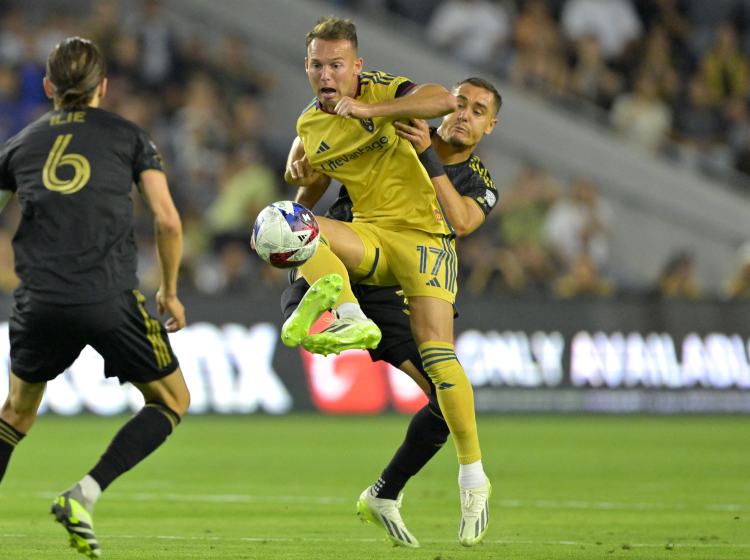
If the covering defender is situated alongside, or even ahead of, the first defender, they will not be in a position to provide any cover. Therefore, once the attacking player has managed to get past the first defender, they have essentially gone past the second defender in the same action.
Similarly, the second defender is ineffective if they are positioned directly behind the first defender. In this position, they will once again be taken out of the game in the same move as the first defender. Plus, they will not be able to cover any space the attacking player may want to play the ball through.
The second defender needs to be behind their defensive partner at an angle which enables them to get across to engage with the attacker, should that opponent get past the first defender, while also covering space and, if needed, another opponent.
There is no definitive correct distance or angle at which the second defender should be positioned in relation to the first defender. A number of factors will influence each specific situation.
These factors can include the positioning of other opponents, the risk they pose, where on the pitch the action is happening and the proximity to the goal.
For example, if the opponent in possession is very close to the touchline and has team-mates supporting inside, they are not as dangerous as they could be.
They are not close to the goal, they have limited space to get past the first defender and some of their team-mates are in a better position.
Therefore, in this scenario, the second defender can position themselves a bit further away from their team-mate by moving inside slightly.
Swapping between first and second defender
Possibly the most challenging aspect of providing cover is the moment when a player transfers from being the first defender to being the second defender.
The main two scenarios in which this can happen are when the attacker on the ball manages to go past the first defender or they pass the ball to a team-mate.
When one of these occurs, it is normal for the second defender to transform into the first defender effortlessly – they will often recognise the danger and look to close it down.
The first defender, however, does not always remember the need for them to transform into the second defender.
On being beaten by a player, the first defender can often get frustrated and give up. Or, if the ball is transferred to a different opponent, they can lose focus and follow the ball, instead of dropping back into a position which allows them to become the second defender.
This only improves through time and practice. As coaches we can support players to learn this, using questions such as: ’Where should you be?’ and ’Where do you need to go now?’.
Communication
Communication plays a huge role in a player providing cover.
When a team is out of possession, it is vital that they are well-organised, remain compact and are difficult to break down.
Because of their positioning, the second defender has an advantage in that they have a clear picture of what is happening in front of them. They can use this to direct the first defender, with instructions such as, “Show them inside".
They can also provide the first defender with encouragement (“Press the ball!”) and give information and instructions, such as “I will go to the ball, you cover”.
Developing covering skills
Though there are only a small number of elements that are key to a player providing effective cover, they are all extremely important.
If a player gets their angle or distance wrong, or if they fail to communicate with their team-mate, then it is likely that this will impact on their team’s defensive structure and their ability to protect their own goal.
Therefore, there is an argument that players need to be introduced to the concept of covering quite early in their developmental journey.
A place to start is a simple 2v2 practice, which can be used to introduce the main principles.
Related Files
Newsletter Sign Up
Coaches Testimonials

Gerald Kearney, Downtown Las Vegas Soccer Club

Paul Butler, Florida, USA

Rick Shields, Springboro, USA

Tony Green, Pierrefonds Titans, Quebec, Canada
Subscribe Today
Discover the simple way to become a more effective, more successful soccer coach
In a recent survey 89% of subscribers said Soccer Coach Weekly makes them more confident, 91% said Soccer Coach Weekly makes them a more effective coach and 93% said Soccer Coach Weekly makes them more inspired.
*includes 3 coaching manuals
Get Weekly Inspiration
All the latest techniques and approaches
Soccer Coach Weekly offers proven and easy to use soccer drills, coaching sessions, practice plans, small-sided games, warm-ups, training tips and advice.
We've been at the cutting edge of soccer coaching since we launched in 2007, creating resources for the grassroots youth coach, following best practice from around the world and insights from the professional game.
